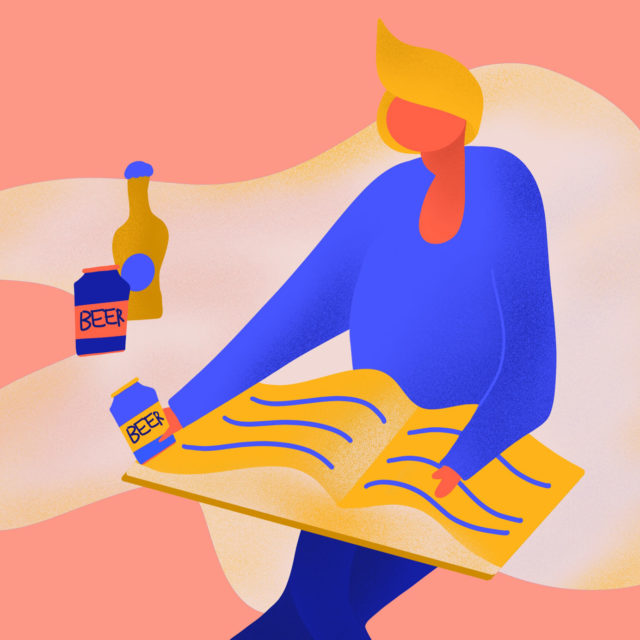It’s been a busy year for beer. A constant flow of beer releases, mergers and acquisitions, openings, closings, and cultural reckonings has packed the last nine months fuller than a beer geek’s trunk at a can release.
VinePair took a look at the last nine months’ worth of controversies and conversations, and pared it down to the year’s most significant moments. This list includes issues we’re still talking about today, and a few you’ve probably forgotten. Whatever the case, jog your memory and take a trip down memory lane with us.
10. Low- and No-ABV Beers Won Over Health-Conscious Drinkers
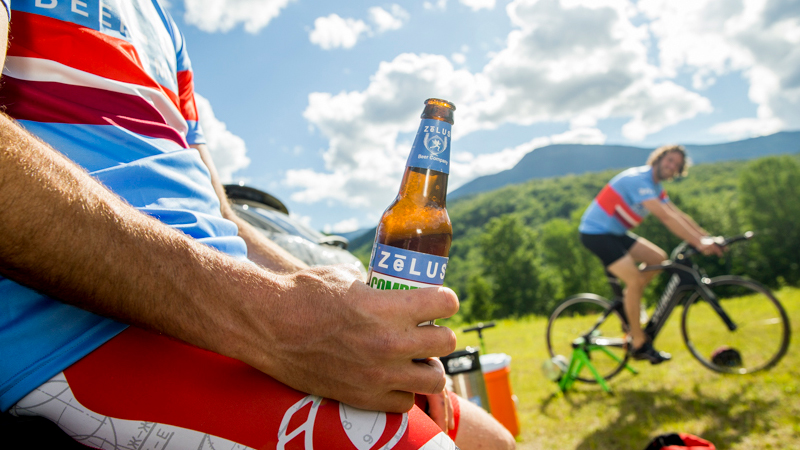 The sober-curious movement took a stronghold in the beer industry. Dozens of breweries introduced low-ABV options for health-conscious consumers this year, from Dogfish Head’s Slightly Mighty IPA, to the forthcoming Bell’s Light Hearted IPA. Additionally, sales of non-alcoholic beers are on the rise. Off-premise dollar sales of non-alcoholic (NA) beer are up nearly 18 percent this year, reaching close to $78.5 million through Aug. 11, 2019, according to IRI. Pabst, Heineken, and Anheusuer-Busch announced new NA beers. And in September, VinePair named Athletic Brewing’s Run Time one of the most important IPAs on the market.
The sober-curious movement took a stronghold in the beer industry. Dozens of breweries introduced low-ABV options for health-conscious consumers this year, from Dogfish Head’s Slightly Mighty IPA, to the forthcoming Bell’s Light Hearted IPA. Additionally, sales of non-alcoholic beers are on the rise. Off-premise dollar sales of non-alcoholic (NA) beer are up nearly 18 percent this year, reaching close to $78.5 million through Aug. 11, 2019, according to IRI. Pabst, Heineken, and Anheusuer-Busch announced new NA beers. And in September, VinePair named Athletic Brewing’s Run Time one of the most important IPAs on the market.
9. PBR Almost Died, Then Came Back Six Times
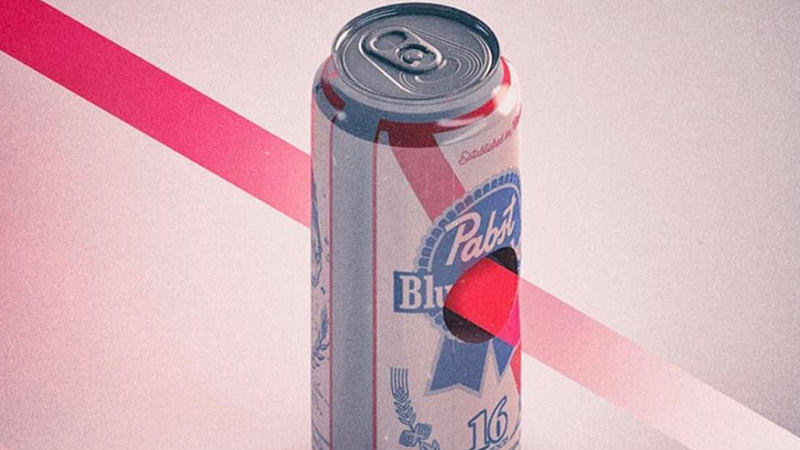 Pabst Brewing Co. took MillerCoors to court last year claiming the larger brand would put Pabst out of business. That lawsuit was settled, and Pabst has since gone wild with new releases. At the end of 2018, it launched PBR Easy, a lower-cal, lower-ABV version of the original brew. In April 2019, it debuted Pabst Blue Ribbon Non-Alc and Pabst Blue Ribbon Extra. In July, it began test-marketing PBR Hard Coffee, now available in select cities. In August, it launched Pabst Blue Ribbon Whiskey. Also in August came the most shocking announcement of all: PBR Stronger Seltzer, to be released in 2020.
Pabst Brewing Co. took MillerCoors to court last year claiming the larger brand would put Pabst out of business. That lawsuit was settled, and Pabst has since gone wild with new releases. At the end of 2018, it launched PBR Easy, a lower-cal, lower-ABV version of the original brew. In April 2019, it debuted Pabst Blue Ribbon Non-Alc and Pabst Blue Ribbon Extra. In July, it began test-marketing PBR Hard Coffee, now available in select cities. In August, it launched Pabst Blue Ribbon Whiskey. Also in August came the most shocking announcement of all: PBR Stronger Seltzer, to be released in 2020.
8. Allagash’s Rob Tod Won a James Beard
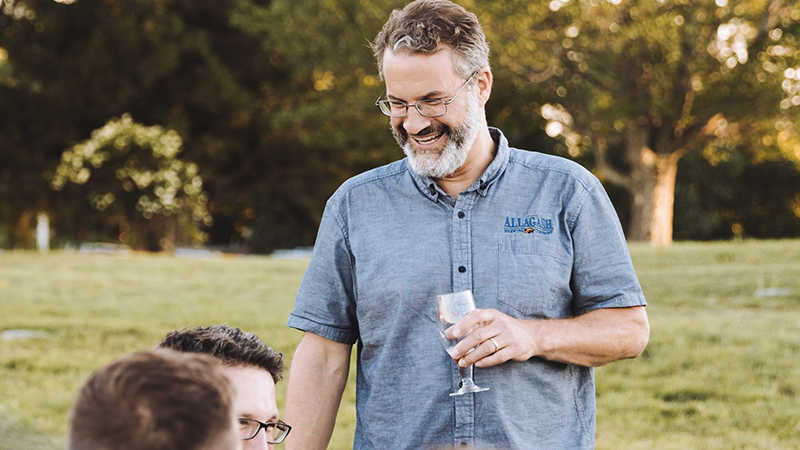 In May 2019, Rob Tod, founder of Allagash Brewing of Portland, Maine, claimed a victory for the craft beer industry at large when he won the James Beard Award for 2019 Outstanding Wine, Spirits, or Beer Producer. This is a big deal for beer, as leaders like Tod work tirelessly to earn beer the place at the table it deserves. Tod follows in the Beard-winning footsteps of Dogfish Head Craft Brewery co-founder, Sam Calagione (2017), Brooklyn Brewery brewmaster Garrett Oliver (2014), and Anchor Brewing founder Fritz Maytag III (2008, 2003).
In May 2019, Rob Tod, founder of Allagash Brewing of Portland, Maine, claimed a victory for the craft beer industry at large when he won the James Beard Award for 2019 Outstanding Wine, Spirits, or Beer Producer. This is a big deal for beer, as leaders like Tod work tirelessly to earn beer the place at the table it deserves. Tod follows in the Beard-winning footsteps of Dogfish Head Craft Brewery co-founder, Sam Calagione (2017), Brooklyn Brewery brewmaster Garrett Oliver (2014), and Anchor Brewing founder Fritz Maytag III (2008, 2003).
7. Beer Advertisements Tried to Be Less Sexist (But Failed)
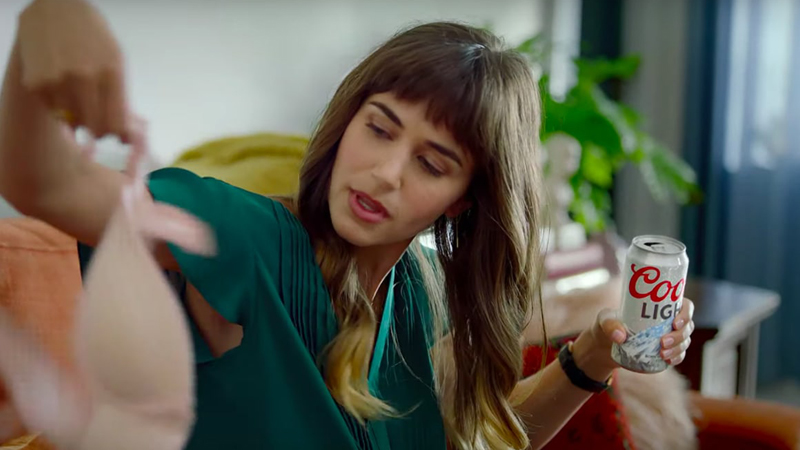 In February, Anheuser-Busch’s Michelob Ultra Pure Gold attempted to catch young, internet-savvy audiences with its Super Bowl ad featuring Zoe Kravitz. The ad showed Kravitz performing an advertisement-friendly form of autonomous sensory meridian response (ASMR), all in a lush mountain landscape. We felt the ad still sexualized Kravitz, who sensually whispers and caresses the beer bottle throughout the commercial.
In February, Anheuser-Busch’s Michelob Ultra Pure Gold attempted to catch young, internet-savvy audiences with its Super Bowl ad featuring Zoe Kravitz. The ad showed Kravitz performing an advertisement-friendly form of autonomous sensory meridian response (ASMR), all in a lush mountain landscape. We felt the ad still sexualized Kravitz, who sensually whispers and caresses the beer bottle throughout the commercial.
In June, Bud Light revamped its “Real Men of Genius” campaign, this time calling it “Internet Heroes of Genius.” Progressive? Not exactly. A-B partnered with Post Malone and the famously, allegedly misogynistic Barstool Sports’ “Pardon My Take” podcast. That same month, Boston Beer launched a new Samuel Adams campaign, “I can taste my beer.” It, too, missed the inclusivity mark: In the ad that includes a woman, she simply tells her male date she can taste beer on his lips. She appears to have ordered a mixed drink.
And finally, Coors Light kicked off a new series of ads in August. One ad, titled “Bra,” features a young woman in her post-work ritual, which culminates in a cold beer. The chill vibe won a lot of fans — The Takeout’s Kate Bernot called it “groundbreaking,” and Eater’s Madeleine Davies found it “remarkable” and “woman-friendly.” But it isn’t that cool when you think about it. While the ad is certainly relatable, we would have gotten the message without putting the focus on the woman’s breasts.
6. Beer Got the LGBTQ Icon It Deserves
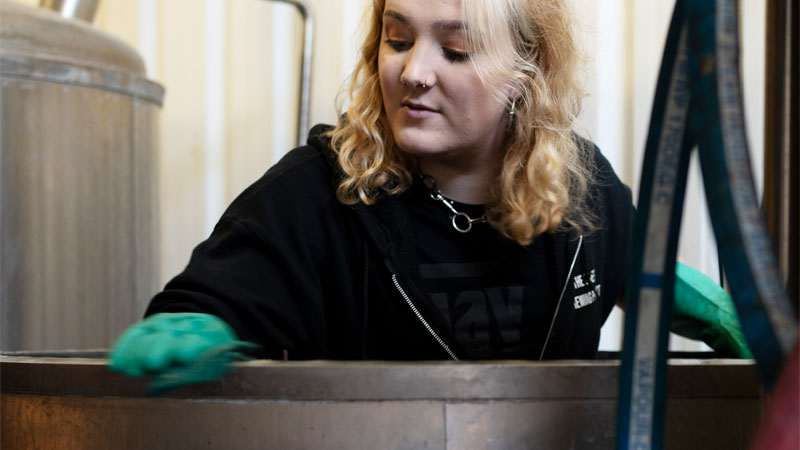
Many efforts have been made by and for the LGBTQ community in the beer industry, but none inspired such international excitement — not to mention beer collaborations — as Lily Waite and the Queer Brewing Project. Waite launched her project in April 2019, and has since partnered with numerous breweries in the U.K., U.S., and beyond to produce beers benefiting LGBTQ organizations around the world.
5. Inclusivity Drove Conversation and Community
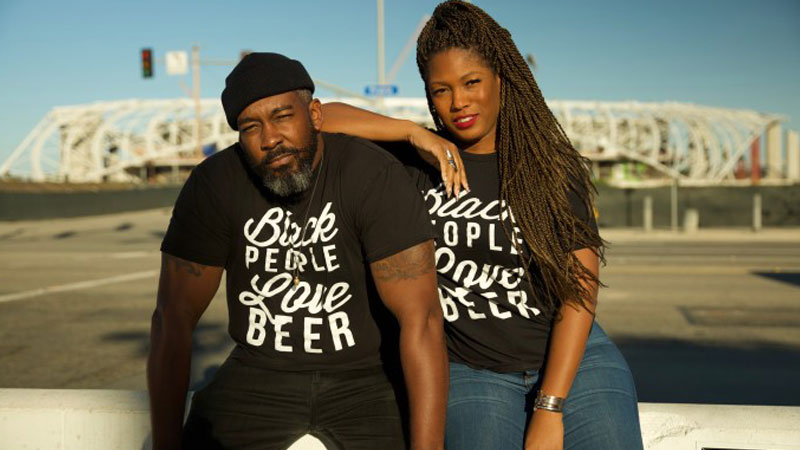
Beer industry content creators, brands, and events like Beer Kulture, Crowns & Hops, and Fresh Fest demonstrate the size and strength of the craft community in real time, all day every day. In February, the industry got a wakeup call when Beer Kulture’s Toni Canada published a viral blog post that turned a mirror on its collective blind spots and selective rage.
From the racism at Founders Brewing, reactions to which Canada’s post poignantly addressed, to Reckless Brewing and Mirage Beer Company‘s offensive and inappropriate marketing, certain corners of the beer industry learned, painfully, that latent racism is rampant. (Mirage Beer Company apologized, Reckless Brewing shuttered, and the Founders issue is, unfortunately, unresolved.)
Meanwhile, beer has made strides toward a more inclusive present and future. After creating a diversity committee and appointing J. Nikol Jackson-Beckham, Ph.D., as its first diversity ambassador last year, the Brewers Association has launched a diversity grants program to help fund beer-centric events run by marginalized groups across the country.
Jackson-Beckham kicked off 2019 by authoring the Brewers Association Best Practices for Diversity and Inclusion, and has spent the year speaking at conferences educating the beer industry around the country. She also founded a new nonprofit, Craft x EDU, and launched a social media campaign, #IAmCraftBeer, to show the many diverse faces of the beer community. The hashtag has hundreds, and potentially thousands, of participants on Twitter and Instagram.
4. The Bud Light Knight Started a Corn Syrup War
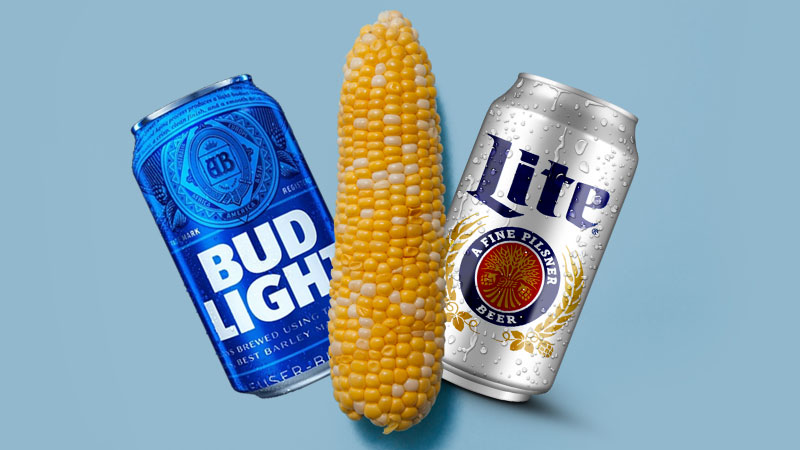 Some called it CornGate; we preferred #Corntroversy: In February, the fictional Bud Light Knight started a real-world war between Anheuser-Busch and MillerCoors when the former brand’s Super Bowl ads called out competitors for using corn syrup in their beers, while Bud Light uses rice. Things escalated into a social media spat. Then, it turned into a lawsuit. Ultimately, A-B had to pull the Bud Light ads… but we fear the #Corntroversy lives on. The most controversial part? A-B uses corn syrup in several other brands, and either way, the sugar source is fermented out of the beverage (and turned into alcohol) before we drink it.
Some called it CornGate; we preferred #Corntroversy: In February, the fictional Bud Light Knight started a real-world war between Anheuser-Busch and MillerCoors when the former brand’s Super Bowl ads called out competitors for using corn syrup in their beers, while Bud Light uses rice. Things escalated into a social media spat. Then, it turned into a lawsuit. Ultimately, A-B had to pull the Bud Light ads… but we fear the #Corntroversy lives on. The most controversial part? A-B uses corn syrup in several other brands, and either way, the sugar source is fermented out of the beverage (and turned into alcohol) before we drink it.
3. Boston Beer and Dogfish Head Merged
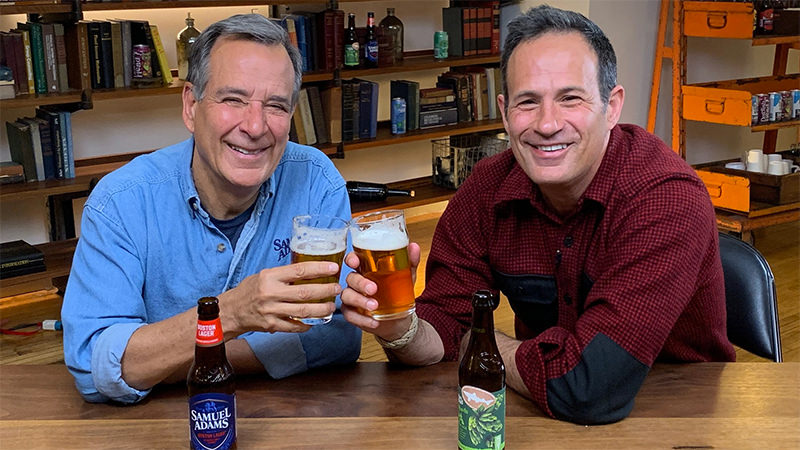 On May 9, Boston Beer Co. and Dogfish Head Craft Brewery shook the craft world to its core when the two brands announced they would “merge.” The joining of these industry pioneers meant combining the country’s second-largest and 13th-largest craft brewing companies. It was a big business move, and an emotional one for craft beer fans.
On May 9, Boston Beer Co. and Dogfish Head Craft Brewery shook the craft world to its core when the two brands announced they would “merge.” The joining of these industry pioneers meant combining the country’s second-largest and 13th-largest craft brewing companies. It was a big business move, and an emotional one for craft beer fans.
Later that week, VinePair caught up with Boston Beer’s Jim Koch and Dogfish Head’s Sam Calagione to discuss the merger (it’s really an acquisition), and what it will mean for both brands. Basically? Dogfish Head beer will be available in more markets, and Boston Beer adds a diverse range of flavorful beers to its portfolio. Everybody wins.
2. Resilience IPA United the Industry
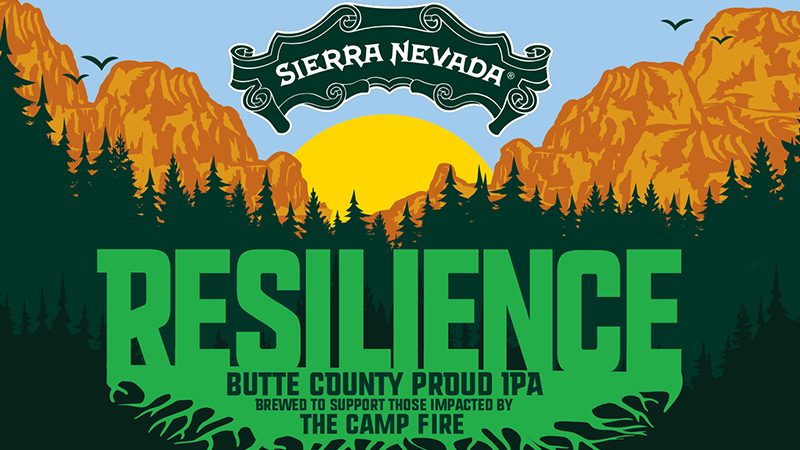 Sierra Nevada’s original announcement about its Resilience campaign came toward the end of 2018, in the heat of the California Camp Fire. But Resilience IPA, the name for a beer brewed by close to 1,500 breweries across the country to benefit Camp Fire victims, was one of the most enduring stories of the year. Christie Merandino, production manager of Transport Brewing in Shawnee, Kan., told VinePair the campaign was the best thing she’d seen in the beer industry.
Sierra Nevada’s original announcement about its Resilience campaign came toward the end of 2018, in the heat of the California Camp Fire. But Resilience IPA, the name for a beer brewed by close to 1,500 breweries across the country to benefit Camp Fire victims, was one of the most enduring stories of the year. Christie Merandino, production manager of Transport Brewing in Shawnee, Kan., told VinePair the campaign was the best thing she’d seen in the beer industry.
“[Sierra Nevada] put out a bat call and everybody answered,” Merandino said. “The vulnerability [of] Sierra Nevada putting out a recipe worldwide and saying, ‘we need help’ — when somebody so big can be so humble – I think that’s amazing.”
Although the campaign ran into some trouble in May (many participating breweries had not fulfilled their financial commitments to the campaign), “a large majority of breweries have now turned in their donations and we’ve raised about $9 million for Camp Fire relief thus far,” a Sierra Nevada spokesperson tells VinePair. The funds are being used to fund Butte Strong Fund initiatives, including providing temporary housing and shelter transition services, trauma reduction services, and funding Butte 211 Help Central, a hotline that connects Butte and Glenn County residents with low-cost or no-cost health and human services 24 hours a day. “There’s still a very long way to go for Butte County,” the spokesperson continued. “But without the very generous donations from breweries, suppliers, and, of course, beer drinkers, many of these projects would not have been possible.”
1. (White Claw) Hard Seltzer Took Over Beer Shelves, Sales, and Psyches
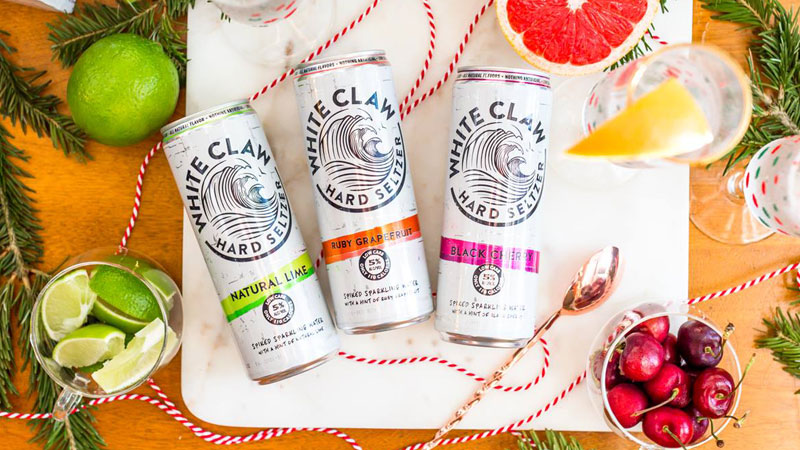 We never saw it coming. Well, actually we did, when we predicted hard seltzer was coming for beer back in January. But we didn’t know quite how hard America would fall for hard seltzer, especially White Claw.
We never saw it coming. Well, actually we did, when we predicted hard seltzer was coming for beer back in January. But we didn’t know quite how hard America would fall for hard seltzer, especially White Claw.
White Claw inspired an internet phenomenon, dominated Fourth of July booze sales, and ripped into craft beer shelf space and dollar sales. It gave us false hope that beer sales were on the rise, when it was really White Claw dominating with triple-digit sales increases of its variety pack (320 percent) and black cherry flavor (308 percent) alone.
It may be killing some craft brewers’ buzz, but for others, it’s been an opportunity. CANarchy’s Oskar Blues and Squatters breweries have released their respective Wild Basin and Grandeur Peak spiked seltzers. Ninkasi launched an alcoholic seltzer brand, Pacific Sparkling. Platform Beer Co., now owned by A-B, launched an ongoing “seltzer project.” And Braxton Brewing’s Vive is now the “official hard seltzer” of the National Football League’s Cincinnati Bengals. (Of course, A-B blew Vive out of the water when it announced its Bon & Viv will be the official seltzer sponsor of the NFL.) Craft Brew Alliance, producer of Kona beer, launched low-proof Pacer in July 2019. Even PBR and Four Loko got in on the action, announcing plans to release “harder” hard seltzers in 2020. The hard seltzer category has officially spiked. Into it? Here is a chart of the calories, carbs, and alcohol in America’s best-selling hard seltzers.
